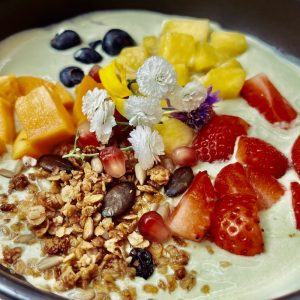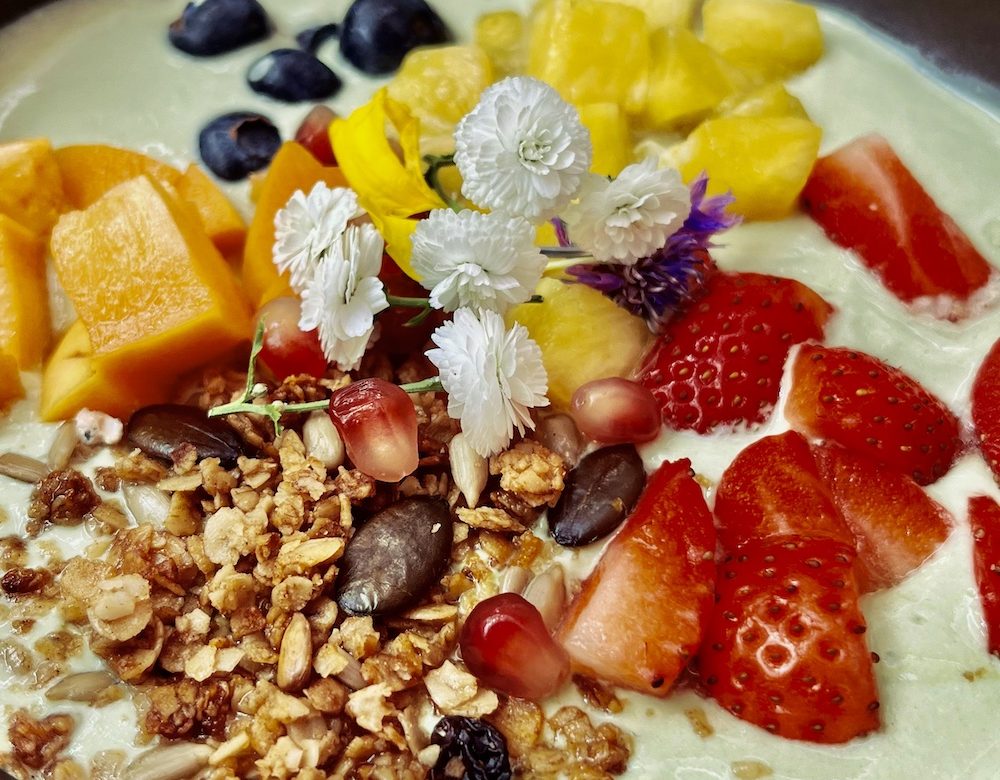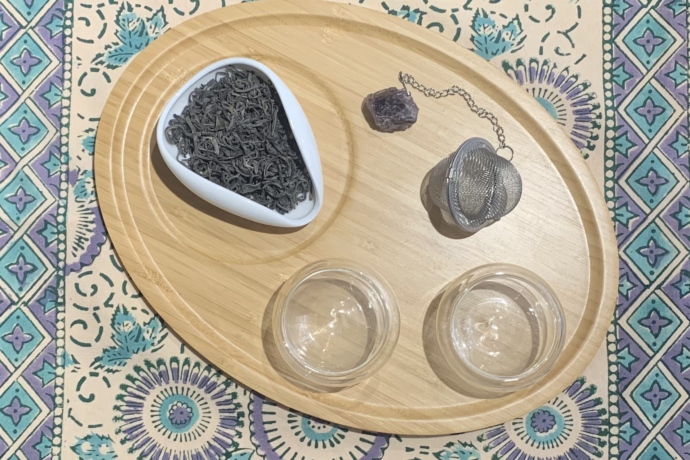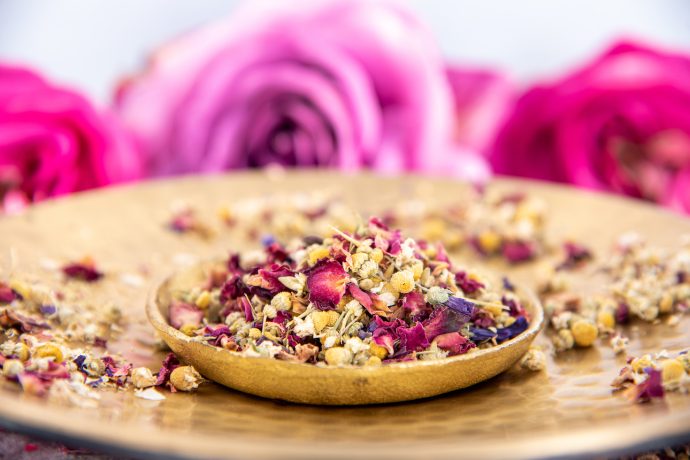Mountain Tea & Matcha in Montenegro
Last month, my husband and I headed off for a holiday to Montenegro. This Balkan state is an unspoilt wonder and was the first ecological state in the world. If you love natural scenery, you’ll be awestruck when visiting the national parks. In addition, there is a rich historic culture which is showcased in some impressive buildings and cultural ceremonies. If you’d like to find out more, read on!
Visiting Montenegro
Visiting Montenegro is like stepping back in time. Modern conveniences aren’t commonplace, but that makes it a hidden gem and the perfect escape. Just switch off and enjoy all that the country has to offer. The name translates as ‘black mountain’ and if you love mountains, canyons and lakes, you will not be disappointed.
Festivals Throughout the Year
One fact that instantly appealed to me about Montenegro is that the people love to get dressed up in costume to dance and sing. As in many cultures, music and dance are the traditional means of storytelling. It’s how the younger generations learn about their heritage.
I was particularly taken by the intricately stitched folk costumes. The design work on jackets is finished with gold thread and they add a regal feel to every celebration. These costumes are family heirlooms and you can only imagine the hours that have gone into their creation.
Camellia Festival
If you’ve read my other tea posts, you’ll know that all teas originate from Camellia sinensis. So, I was intrigued to discover that Stoliv in Montenegro holds a Camellia festival every April. However, it turns out that this celebration has nothing to do with tea, it’s the pinky-red blooms that steal the show.
Legend has it that a local sailor returned to Stoliv from Japan and brought the gift of a beautiful plant for his wife. This exotic bloom thrived in the Mediterranean climate and spread. Camellia plants now adorn this coastal region, bringing joy and colour to residents and visitors.
There is a real appreciation for nature in this state and that is reflected in the celebration days. Montenegro also holds festivals for the Olive, Blueberry, Mushroom, Mimosa and Vine. These plants have helped sustain and provide an income for years, so it makes sense.
What is Mountain Tea?
Coffee is the beverage of choice in Montenegro, but I heard people mentioning mountain tea. Curiosity got the better of me, so I had to find out more! It turns out that it is common for people to forage for wild herbs as they walk through the mountainous regions of the state. These are widely used to make herbal infusions for the family.
The varieties of plants that grow wild include menta (mint), kamilica (chamomile), pelim (sage), hajducica (yarrow) and kantarion (St John’s Wort). As you can see, these are ingredients commonly found in herbal infusions. So, not technically a tea, but a natural beverage with plenty of health benefits.
However, if you visited the home of a Montenegrin, you probably wouldn’t be offered a cup of mountain tea. More likely, it would be Rakija or Sljivovica, both are brandy-based drinks that are a national speciality.
Matcha Tea for Breakfast
 One of my favourite breakfasts at the hotel was Matcha Tea Yogurt with Fresh Fruits & Granola. As with the Camellia plant, matcha tea originates from Japan, not Montenegro, but has made its way into the chef’s ingredients.
One of my favourite breakfasts at the hotel was Matcha Tea Yogurt with Fresh Fruits & Granola. As with the Camellia plant, matcha tea originates from Japan, not Montenegro, but has made its way into the chef’s ingredients.
Being served this delicious meal at the start of the day reminded me that Matcha Tea will be added to our range of Holy Cow Teas this summer.
What is Matcha Tea?
Matcha is a unique tea for several reasons:
- Firstly, the tea leaves are shade-grown to increase the quantity of chlorophyl in the leaves. This gives it the most vibrant colour, fewer bitter polyphenols and more sweet L-theanine amino acids.
- Then, the hand-picked leaves are steamed to preserve and prevent oxidisation and then dried. Then the stalks, stems and veins are removed from the fleshy leaf with the assistance of fans.
- The leaves are then ground with stone mills into a fine powder very slowly to avoid heat building up from the grinding. This process produces merely 40g per hour. Unlike other teas which are infused in water, the Matcha powder is added to water and whisked in a large bowls for drinking during the Japanese Tea Ceremony.
As you are consuming the tea leaves, rather than an infusion, the flavour is more intense and the consistency is thicker and frothy. Matcha is also considerably higher in antioxidants, nutrients and caffeine than infused tea.
Although it’s a popular drink in Japan, it’s not to everyone’s taste. However, the powder can be added to a wide range of recipes to give you the nutritional benefits. This brings me back to my holiday breakfast, where Matcha was mixed into yogurt. You might add the powder to your favourite cookie dough mix or sponge cake recipe. It could be mixed into soup or used to enhance the flavour of sauces. Or, on a hot day, coconut yogurt & matcha ice lollies could hit the spot!
My Next Adventure
So, now it’s back to business, with a diary full of events and farmer’s markets to keep me busy through the summer months. However, I do have another exciting adventure planned for later in the year. It’s a destination where I know there are tea plantations…more on that in a future article!










